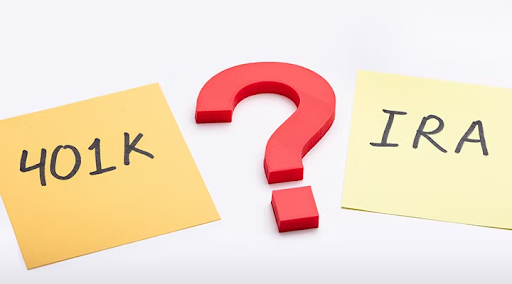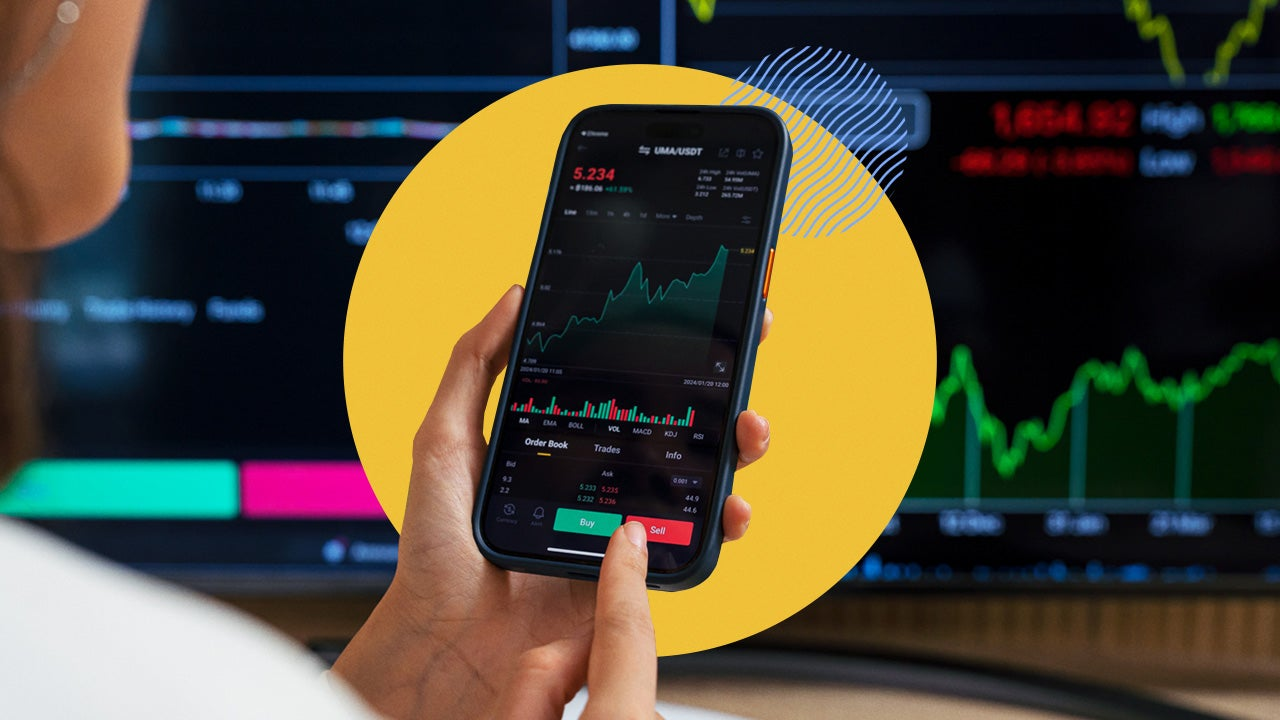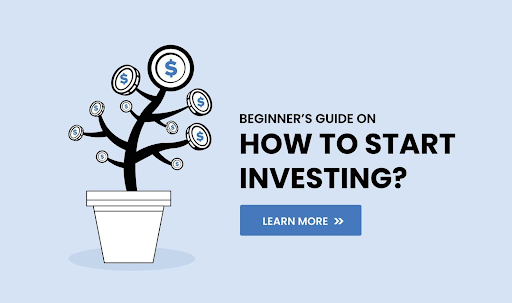The idea that you need a large sum of money to start investing is a common misconception. In the U.S. of mid-2025, thanks to advancements in finance technology and a growing focus on basic investing for beginners, it’s entirely possible to begin your investment journey with just a few dollars.
Investing with little money is not only achievable but also a smart way to get started, allowing you to learn the ropes, build good financial habits, and leverage the powerful effect of compounding over time. This guide will show you how to turn your small savings into a potential growth engine.
Why Invest Even Small Amounts? The Power of Compounding
Leaving your money in a traditional savings account, while safe, means it’s likely losing purchasing power due to inflation. Historically, the U.S. stock market has delivered average annual returns of around 10% over the long term. Even if you start with a small amount, consistent investing allows your money to grow on itself, a phenomenon known as compound interest. This means your initial investment earns returns, and then those returns also start earning returns, creating an accelerating growth effect over years and decades.

Step 1: Secure Your Financial Foundation
Before you invest your first dollar, ensure these basics are covered:
- Emergency Fund: Aim for 3-6 months’ worth of essential living expenses saved in a high-yield savings account. This safety net prevents you from needing to sell investments at a loss during an unexpected financial emergency.
- High-Interest Debt: Prioritize paying off high-interest debts like credit card balances (which often carry rates of 20% or more). The guaranteed “return” from eliminating this debt usually far outweighs any potential investment gains.
Step 2: Leverage Low-Cost, Accessible Options
The good news for investing with little money is the abundance of low-barrier entry points:
a) Workplace Retirement Plans (401(k)s)
- How it works: If your employer offers a 401(k) or similar plan (like a 403(b)), this is one of the easiest ways to start. Contributions are deducted directly from your paycheck.
- The “Free Money” Match: Many employers offer a matching contribution (e.g., they contribute 50 cents for every dollar you put in, up to a certain percentage of your salary). Always contribute at least enough to get the full employer match – it’s an immediate, guaranteed return on your investment.
- Minimums: You set the contribution percentage, so you can start with just 1% or 2% of your income.
b) Individual Retirement Accounts (IRAs)
- How it works: You can open an IRA (Traditional or Roth) through most online brokerages. These accounts offer tax advantages for retirement savings.
- Traditional IRA: Contributions may be tax-deductible now, and your money grows tax-deferred until retirement.
- Roth IRA: Contributions are made with after-tax money, but qualified withdrawals in retirement are entirely tax-free. This is often recommended for younger investors who expect to be in a higher tax bracket later.
- Minimums: Many providers offer $0 account minimums to open an IRA, allowing you to start with small, regular contributions.
c) Robo-Advisors

- How it works: These automated investment platforms build and manage a diversified portfolio for you based on your goals and risk tolerance. They often invest in low-cost ETFs.
- Minimums: Many robo-advisors have very low minimums, with some allowing you to start with as little as $0 (e.g., Betterment) or $100 (e.g., Wealthfront, requiring $500 to start investing after the initial setup).
- Fees: They typically charge a low annual management fee (e.g., 0.25% of your assets).
- Best for: Hands-off investors who want professional management without the high cost.
d) Micro-Investing Apps
- How it works: These apps make investing almost invisible. They typically round up your everyday purchases to the nearest dollar and invest the “spare change” into diversified portfolios.
- Minimums: You can literally start investing with pennies.
- Popular Apps: Acorns is a well-known example.
- Best for: Absolute beginners who want to build the investing habit passively without thinking about large sums.
e) Online Brokerages with Fractional Shares
- How it works: Traditional online brokerages now cater to small investors by offering fractional shares. This means you can buy a portion of a single stock share (e.g., $10 worth of Amazon stock, even if a full share costs thousands).
- Minimums: Many top brokerages (e.g., Fidelity, Charles Schwab, Robinhood) offer $0 to open an account and allow you to buy fractional shares from as little as $1 or $5.
- Best for: Beginners who want more control over specific companies they invest in, but with a small budget.
Step 3: Choose Your Investments (Keep it Simple!)
When investing with little money, focus on broadly diversified, low-cost options:
- Exchange-Traded Funds (ETFs) & Index Funds: These are excellent for beginners. An ETF or index fund holds a basket of many different stocks or bonds, giving you instant diversification across numerous companies or even an entire market (like the S&P 500). They typically have very low annual fees (expense ratios).
- Mutual Funds (with caution): While mutual funds also offer diversification, some can have higher fees and minimum investment requirements (often $1,000s). Stick to low-cost index mutual funds if choosing this route.
- Individual Stocks (with fractional shares): If you’re passionate about a specific company, fractional shares allow you to buy in. However, remember that investing in just one or two stocks is riskier than a diversified fund.
Step 4: Automate and Be Consistent
The secret sauce to investing with little money is consistency:
- Automate Contributions: Set up automatic weekly or monthly transfers from your checking account to your investment account. Even $25 or $50 consistently can add up significantly over time.
- Dollar-Cost Averaging: By investing a fixed amount regularly, you buy more shares when prices are low and fewer when prices are high. This strategy removes emotion from investing and can lead to better long-term results.
- “Invest Your Raise”: When you get a raise or bonus, consider directing a portion of that extra money directly into your investments. You won’t miss money you weren’t already spending.
Conclusion
The notion that investing is only for the wealthy is outdated. For beginners in the U.S., investing with little money is not just possible but a highly effective strategy to build long-term wealth. By utilizing accessible platforms like workplace plans, IRAs, robo-advisors, micro-investing apps, and brokerages offering fractional shares, you can begin your journey with confidence.
The most important step is to start now. Embrace the power of consistent, automated investing, even with small amounts, and let compounding be your ally. Your future financial self will undoubtedly thank you for taking these small, yet powerful, steps today.










